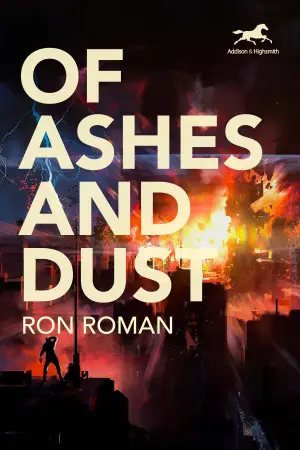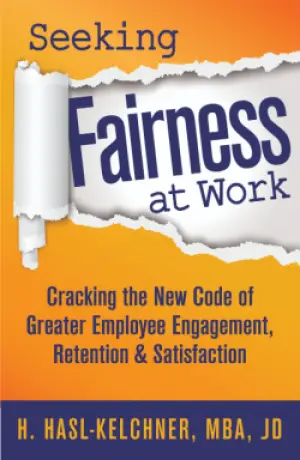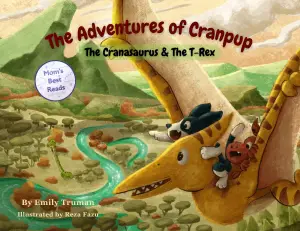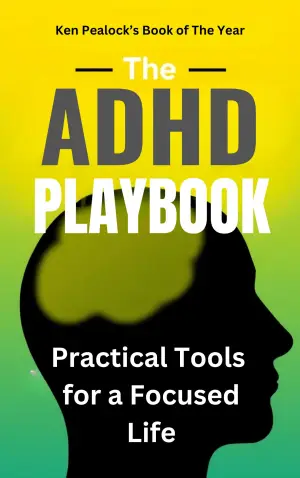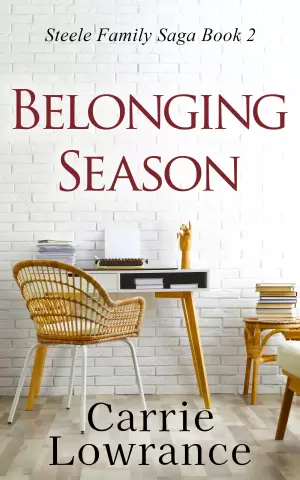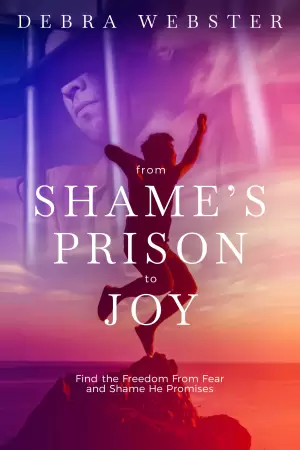Exploring Healing and Justice: A Dive into The Politics of Trauma
By [Your Name]
When I first stumbled upon The Politics of Trauma: Somatics, Healing, and Social Justice by Staci K. Haines, I was both intrigued and cautious. As someone who has frequently danced with the concepts of trauma and personal healing, the notion of tying these intricacies to social justice felt like stepping into uncharted waters. Haines, a somatic innovator and cofounder of generative somatics, invites us to explore the deep, often tangled relationship between personal trauma and societal structures. I felt an immediate connection with her approach, as it mirrored a longing I’ve sensed within myself: the desire to heal not just individually, but collectively.
At its core, Haines’ work unravels several key themes that spark critical contemplation. The primary narrative weaves the personal and political into a cohesive understanding of trauma—asserting that healing is not merely an individual journey, but a collective endeavor. This notion resonated with me deeply, highlighting the importance of recognizing the systemic roots of our pains: from racism and sexism to environmental degradation. Haines argues that to truly heal, we must acknowledge and address these wider societal conditions, which often perpetuate cycles of trauma.
The book’s pacing felt deliberate, encouraging a reflective engagement that allowed me to pause and ponder after rich chapters filled with insight. Haines’ writing style is accessible yet profound, inviting readers from all backgrounds—even those without formal training in somatics—to partake in the journey alongside her. I appreciated how she combines academic rigor with an almost conversational tone, which makes challenging ideas approachable. One reviewer noted, “You don’t need to be a college graduate to learn new information,” and I wholeheartedly agree. Haines dismantles any gatekeeping surrounding the subject, welcoming anyone eager to learn.
A particular passage that struck me was when Haines states, “Trauma healing and social change are, at their best, interdependent.” It encapsulated the essence of the book—reminding us that personal and societal healing are intrinsically linked. This sentiment echoed through the testimonials of other readers, many of whom recognized the urgent necessity for this holistic approach in today’s world of escalating unrest.
What’s more, The Politics of Trauma serves as a practical guide infused with exercises and reflective practices. Haines doesn’t just leave us with concepts; she provides tools to navigate both individual and organizational healing processes. I found this pragmatic approach refreshing and grounding, especially amid the chaotic noise of activism and healing work.
In conclusion, I would recommend this book to anyone on a path of self-discovery or involved in activism—whether you’re just beginning to explore the depths of trauma or are a seasoned social justice advocate. The Politics of Trauma is not merely a book; it is a roadmap for those looking to understand the intertwining of personal and systemic healing. Having read it, I feel more equipped to engage with my own trauma and the collective challenges we face, making space for a more just and vibrant tomorrow.
So, if you’re seeking a book that fuses somatic understanding with social consciousness, look no further. Dive into this transformative read; it might just change the way you see yourself and the world around you.
You can find The Politics of Trauma: Somatics, Healing, and Social Justice here >>

